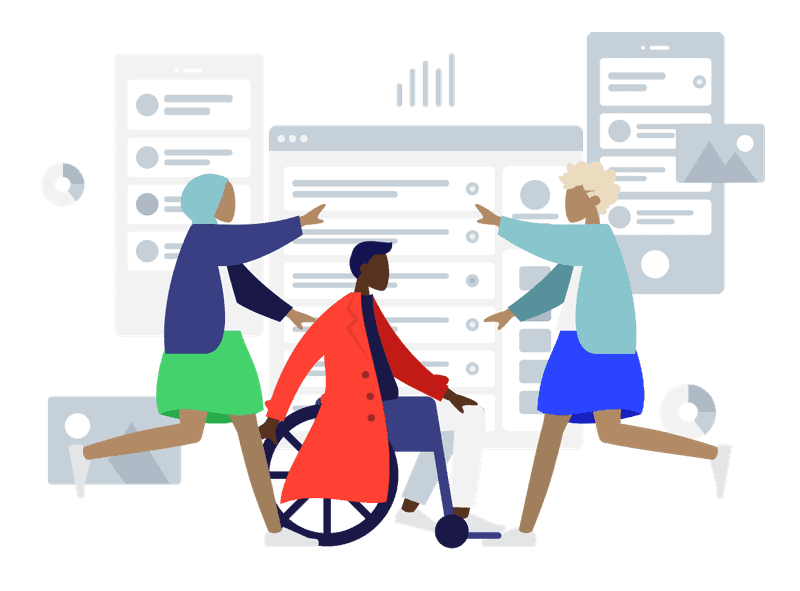In the age of digitisation, where information is predominantly consumed online, the way we design and present our digital documents speaks volumes about our commitment to inclusivity. Inclusive digital documents, which are accessible to people regardless of their abilities, play an indispensable role in fostering equality, understanding, and societal cohesion. Let’s explore both the personal and societal value of these inclusive digital creations.
The Personal Touch: Why Every User Matters
Empowerment through Information
For someone with a disability, an accessible digital document is more than just a convenience—it’s a gateway to information, education, and empowerment. Whether it’s an e-book that can be read aloud by a screen reader or a digital form that can be easily navigated using only a keyboard, accessible documents level the playing field.
Independence and Autonomy
Being able to access and understand digital content independently is a boost to an individual’s self-esteem and confidence. It gives them the autonomy to make decisions, learn, and interact with the digital world without always relying on external assistance.
Personal Growth and Opportunities
With accessible educational materials and resources, people with disabilities can pursue academic achievements, professional growth, and personal hobbies, ensuring that they’re not left behind in the digital age.
The Societal Ripple: Beyond Individual Benefits
Promoting an Inclusive Culture
Inclusive digital documents send a clear message – everyone is valued. By considering the varied needs of the populace, we embrace diversity and foster a culture of understanding and acceptance.
Economic Advantages
When businesses and institutions make their digital documents accessible, they open up to a wider audience. This can lead to increased readership, customer base, and in the case of e-commerce, potential revenue. Moreover, inclusive hiring becomes more feasible when training and operational materials are accessible.
Enhancing Innovation
When we design for inclusivity, we often stumble upon innovative solutions that can benefit everyone. For instance, voice assistants, originally developed to aid the visually impaired, are now widely used and loved by a broad spectrum of users.
Strengthening Community Bonds
When everyone has equal access to information, community engagement thrives. People can participate in online forums, contribute to discussions, and voice their opinions, leading to richer and more varied community dialogues.
Legal and Ethical Alignment
Many countries have now established digital accessibility as a legal requirement, recognising its societal importance. Adhering to these standards not only avoids potential legal pitfalls but also places institutions on the right side of ethics.
Taking Steps Towards Inclusivity
Creating inclusive digital documents might seem daunting initially, but the rewards, both personal and societal, are profound. Here are a few steps to get started:
Educate & Train: Equip your team with knowledge about digital accessibility standards like the Web Content Accessibility Guidelines (WCAG).
Utilise Tools: Make use of accessibility checking tools to evaluate and improve digital documents.
Gather Feedback: Regularly solicit feedback from users, especially those with disabilities, to understand areas of improvement.
In conclusion, the digital realm is as vast and boundless as our physical world, and it mirrors our societal structures. Making it inclusive is not just a nod to technological advancement but a testament to human evolution, where we value every individual and strive for a collective betterment.

